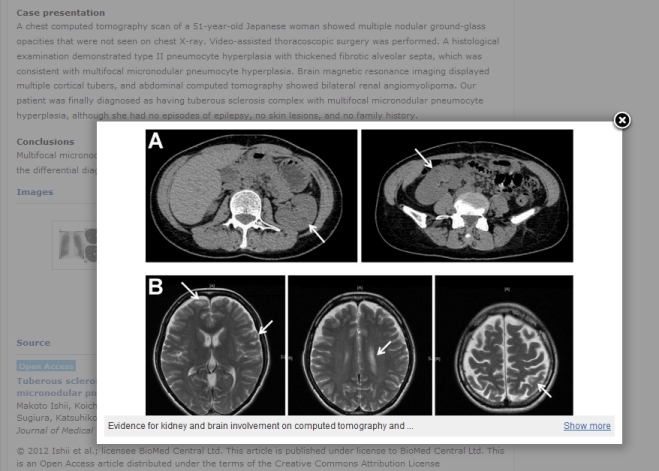 Perceptions of the value of peer-reviewed case reports have shifted significantly in recent years, with increasing interest in making them more widely available. This has led to the creation of a number of journals dedicated solely to case reports, overloading the already crammed ‘to-read’ lists of researchers and clinicians.
Perceptions of the value of peer-reviewed case reports have shifted significantly in recent years, with increasing interest in making them more widely available. This has led to the creation of a number of journals dedicated solely to case reports, overloading the already crammed ‘to-read’ lists of researchers and clinicians.
Although often overlooked when competing with evidence-based literature, medical case reports have been key throughout the development of medical education, as one of the oldest methods of medical scientific communication. Case reports describe in detail an individual patient’s diagnosis and treatment; they can provide first evidence of new medical conditions or emergent diseases, and can help in understanding the mechanisms of disease and in the identification of adverse drug reactions.
With the aim of enhancing discovery of case reports BioMed Central, in collaboration with the Journal of Medical Case Reports, launched CasesDatabase in December 2012, the only database of peer-reviewed, full-text searchable medical case reports.
It’s now been a year since we launched CasesDatabase and what a year it’s been! We’ve worked closely with other publishers, including Dove Medical Press, Hindawi, Libertas Academica, PLoS, BMJ Case Reports and, of course, Springer to increase the number of case reports included in CasesDatabase. Now, to coincide with celebrations of its first birthday, we’ve also reached the milestone of over 30,000 case reports indexed; not only making the database more useful, but also increasing the value of the individual cases themselves. The contribution of the publishers we’re working with has been invaluable in helping CasesDatabase achieve this milestone, and we would like to thank them.
 This last year has also seen some exciting developments of the database itself. Added to the text-mining functionality and the ability to search and filter cases, not only by title and publication, but also by condition, intervention and even patient symptoms; we’ve now made it even easier to navigate, by making each entry link to related cases within the database, helping to enhance discoverability, visibility and use of the content. Thumbnail images from open access articles are also available to browse in a gallery, with image details, figure legends and citation and copyright details available.
This last year has also seen some exciting developments of the database itself. Added to the text-mining functionality and the ability to search and filter cases, not only by title and publication, but also by condition, intervention and even patient symptoms; we’ve now made it even easier to navigate, by making each entry link to related cases within the database, helping to enhance discoverability, visibility and use of the content. Thumbnail images from open access articles are also available to browse in a gallery, with image details, figure legends and citation and copyright details available.
These new features and indexed cases enrich the experience of all those who read case reports and represent key steps towards adding more value to the formidable scientific resource of filterable, aggregate and discoverable peer-reviewed case reports.
The recent analysis on mining clinical data based on CasesDatabase content done by Rajarshi Guha in his blog, reinforces the aggregate value of case reports, not only for descriptive but also predictive models. They can help researchers and clinicians to identify new associations, trends and patterns, thereby providing new understanding about the impact of disease on patients. You can also share your thoughts on the value of case reports by answering this short survey.
After a successful first year, we’re looking for more publishers and journals interested in including their case reports in CasesDatabase. So if you are an editor or publisher looking to build the value of your published case reports, or if you are a reader or author who would like to recommend a journal for inclusion, please get in touch.
2 Comments